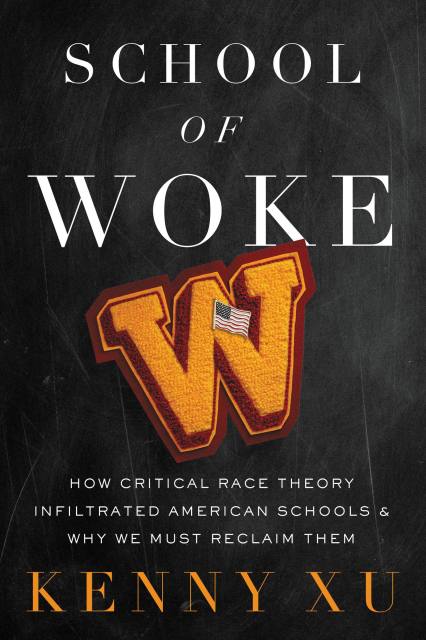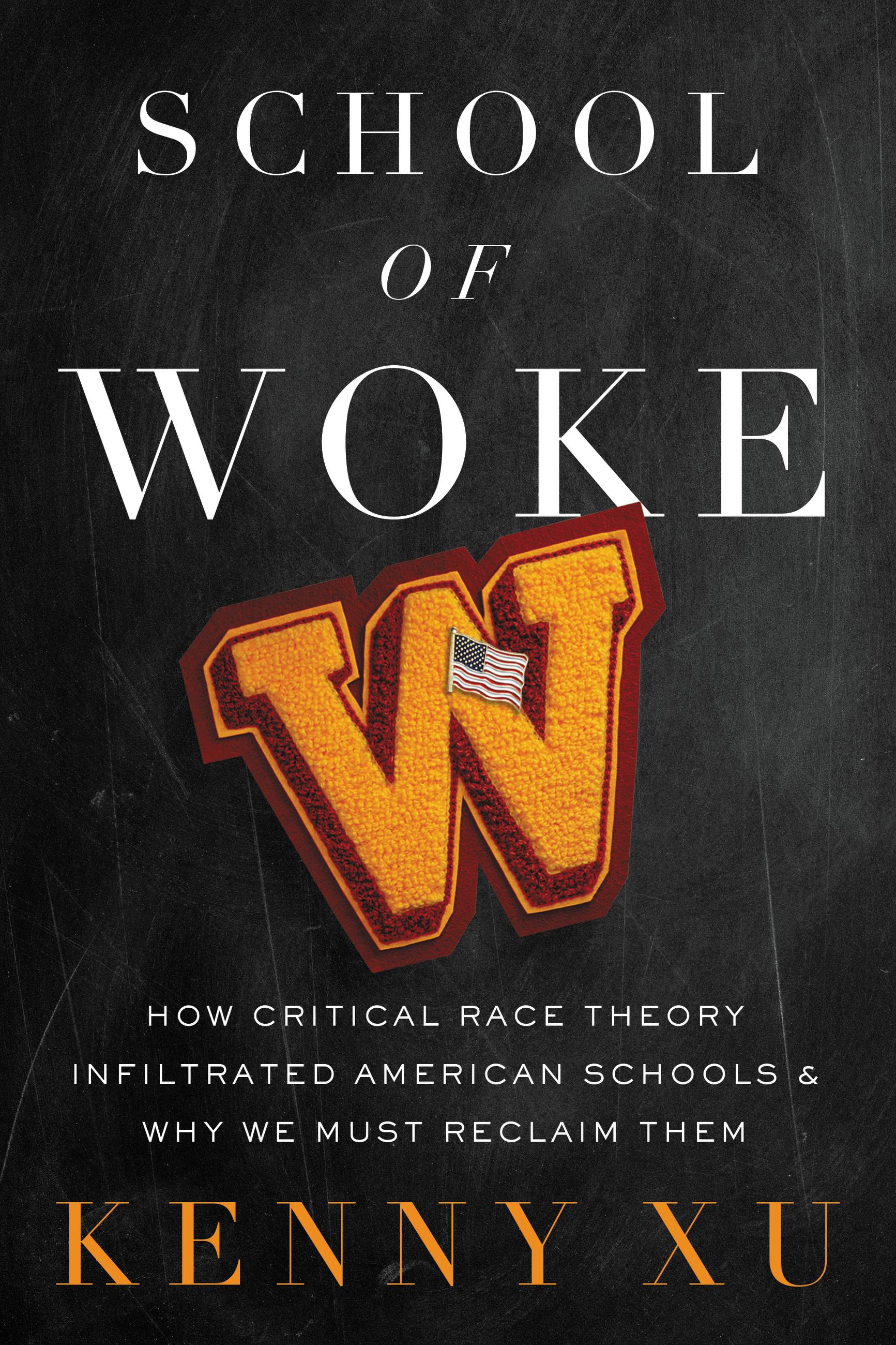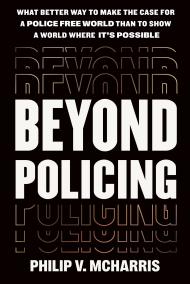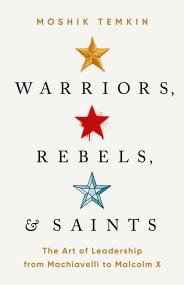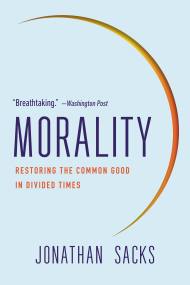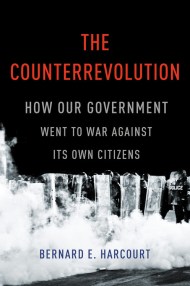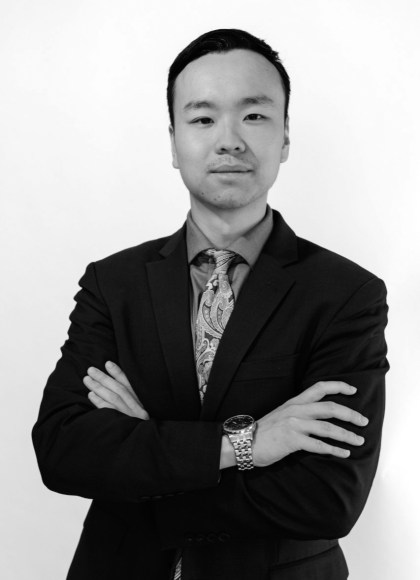Promotion
Shop now and save 20% on your back-to-school purchases & get free shipping on orders $45+ Use code: SCHOOL24
School of Woke
How Critical Race Theory Infiltrated American Schools and Why We Must Reclaim Them
Contributors
By Kenny Xu
Formats and Prices
Price
$29.00Price
$37.00 CADFormat
Format:
- Hardcover $29.00 $37.00 CAD
- ebook $15.99 $20.99 CAD
- Audiobook Download (Unabridged)
This item is a preorder. Your payment method will be charged immediately, and the product is expected to ship on or around August 1, 2023. This date is subject to change due to shipping delays beyond our control.
Also available from:
Awareness of the rise of Critical Race Theory (CRT) in public schools and how it has shaped our education system took the U.S. by storm over the last few years. Parents truly became aware for the first time how deeply entrenched CRT was in the classrooms, and their eyes were opened to the insidious agenda thoroughly embedded in public schools. As a result, CRT and parental rights in education became some of the most explosive issues facing Americans today.
Kenny Xu is a perceptive and relentless critic of CRT and our culture’s war on meritocracy. And now, in School of Woke, Xu exposes how CRT is transforming public schools and having a destructive impact on our children’s education—and their future.
In School of Woke, Xu provides historical context to the rise of Critical Race Theory in education, tracing it back to elite graduate schools in the 1970s and showing how the ideology became institutionalized and credentialed. Xu covers the battles taking place in the most problematic and contested school districts in the nation, including Loudoun and Fairfax County Public Schools in Northern Virginia and Santa Barbara High School in California. He also exposes the lucrative business model behind the diversity consulting industrial complex that is instrumental in the curricular wars, revealing how educators and administrators have been gaslighting the public about the prevalence of this radical ideology in the classrooms, where children as young as five are being segregated in the classroom by race and are being taught that whiteness is inherently evil.
A work of colorful reportage, historical analysis, and cultural commentary, School of Woke reveals what it will take to extricate our next generation from the destructive trends in our once-vaunted public school education system.
-
"Nowhere do Americans most prevalently feel our slide towards victimhood than in the field of education. Kenny Xu makes a compelling case that teachings of racial division are having a destructive impact on the very minority kids they claim to serve."Vivek Ramaswamy, bestselling author of Woke, Inc., Nation of Victims, and 2024 presidential candidate
-
"Over the past few years, the nation’s schools have been consumed by heated debates about race, gender, and parental rights. In School of Woke, Kenny Xu explains what’s at stake in these fights and offers an energetic and timely critique of progressive dogmas."Frederick M. Hess, Senior fellow and the director of education policy studies at the American Enterprise Institute
-
"Kenny Xu’s book is a hard look at a big mess we have gotten ourselves into. A clarion call to reform the way we educate this nation’s kids."Douglas Murray, bestselling author of The War on the West and contributor for The Spectator
-
"Kenny Xu’s School of Woke is a crystal clear, no nonsense, and vitally important explanation of Critical Race Theory and its consequences. It is an indispensable guide to understanding what’s happening to our academies and with our youth. But beyond educating readers about Critical Race Theory’s history, the assault on merit and identity, and the glorification of victimhood, it will also teach you how to fight back. If you want to defeat this aspect madness that’s infecting our educational system, School of Woke is for you."Peter Boghossian, How to Have Impossible Conversations
- On Sale
- Aug 1, 2023
- Page Count
- 256 pages
- Publisher
- Center Street
- ISBN-13
- 9781546003656
Newsletter Signup
By clicking ‘Sign Up,’ I acknowledge that I have read and agree to Hachette Book Group’s Privacy Policy and Terms of Use
